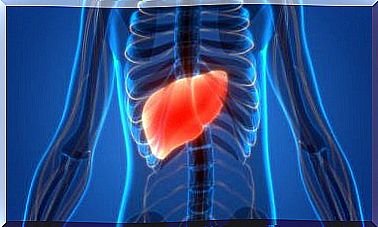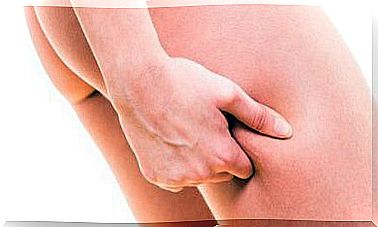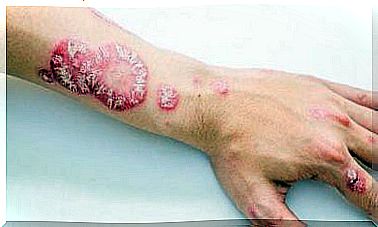Do You Know About Stereotypical Movement Disorder?
Stereotypical movement disorder is detected at an early age, although its causes are difficult to detect. In this article, we will show you a little more about this disorder.

According to the DSM-5 Diagnostic Criteria Reference Guide , stereotypical movement disorder is repetitive, seemingly guided, and aimless behavior. This disorder can interfere with the social and school activities of the child who suffers from it.
A stereotypical movement disorder is usually diagnosed in the early stages of the developmental period because it presents at an early age. The good thing here is that you can start treating the child as soon as possible.
Causes of stereotypical movement disorder
Many times the causes of the stereotypical movement disorder are not clear. In fact, the symptoms it presents can sometimes lead to confuse this disorder with others. However, there are some obvious reasons that can shed some light on the causes of stereotypical movement disorder. We will discover some of them in the rest of this article.
Physiological effects of certain substances or treatments

Some medications can cause the same behavior over a short period of time as a patient with stereotypical movement disorder. Unfortunately, children whose parents take drugs can easily access them. However, in these cases, the symptoms do not last over time, unless exposure to the substance is continued.
Syndrome Lesch-Nyhan syndrome may have some symptoms of the disorder stereotyped movement. Likewise, it happens if the child has an intellectual disability or a head injury.
The problem with this disorder is that it can sometimes be confused with a symptom of autism, with obsessive-compulsive disorder, or with Tourette’s syndrome. For this reason, before drawing any conclusion, it is necessary to carry out the corresponding tests.
What are the symptoms of this disorder?
Stereotypical movement disorder presents repetitive movements: shaking hands, biting fingernails, putting objects in his mouth, swinging, etc.
One of the problems is that stress, boredom or frustration can make these movements worse. In some cases, this can cause injury to the child. These cases are very serious and must be dealt with urgently.
Treatments available

Depending on the diagnosis (whether the stereotypical movement disorder exhibits self-destructive behavior or not), the doctor will choose one treatment or another. Some of those that are available are:
- Changes in the environment : If the child is injured, certain measures must be taken to prevent this from happening. It will all depend on the object that you usually use for self-harm.
- Appropriate medication : The doctor will take into account the age of the child to know what type of medication can be prescribed. Some of them may be neuroleptics or catecholamine depleting drugs.
- Psychotherapy : it is a precious help which allows to obtain excellent results with certain behavioral techniques. In addition, it can have the support of previous ones.
The biggest problem with this disorder is that it interferes with the normal life of the child. The movements he makes are involuntary, and no matter what he wants, he cannot control them. If your child has been diagnosed with this disorder following an injury, keep in mind that the movements can be permanent. With the treatments indicated there may be slight improvement or better control, but they will never be completely eliminated.
Have you detected this type of movement in any of your children? In case of repetitive movements, consult a trusted pediatrician. He will do the necessary tests to find out what is going on and how best to fix it.









